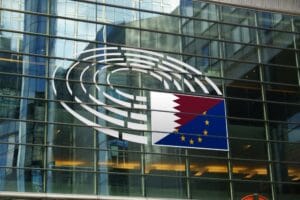Sommaire
Zara, a perfect artifact of boycott movements, and a prime example of the importance of context in communication
Zara, a clothing store chain, launched an advertising campaign titled "The Jacket." This campaign, featuring shocking images of bodies wrapped in shrouds and scenes of war, sparked outrage on social media. Many people believe the campaign alludes to current events in Gaza and view it as an endorsement of genocide. This controversy has led to calls for a boycott of the brand.


Summary
The tweet curve around this case does not follow a Gaussian curve (a bell shape that rises and falls just as quickly). This is generally observed only in cases involving militant protests. And indeed, it is clearly boycott movements at work in this case.
Zara’s clumsy advertisement generates media traction on a topic that struggles to gain attention, one in which Al Jazeera and pro-Palestinian movements have fully immersed themselves.
The context in communication is a key factor in the social license to communicate. Apart from this case, the production context is increasingly distant from the context in which the production is read. This creates a distortion that is important to manage.
An Abnormal Curve: A Crisis Follows a Gaussian Curve
In this case, the first thing that appears very abnormal, but in the case of a bad campaign or bad advertisement, is that a digital crisis follows a Gaussian curve, that is, a rising bell shape that peaks and then declines afterward (a curve famous since COVID).

In this case, even when zooming in on hours, the impact on December 13 is almost as significant as on December 9.
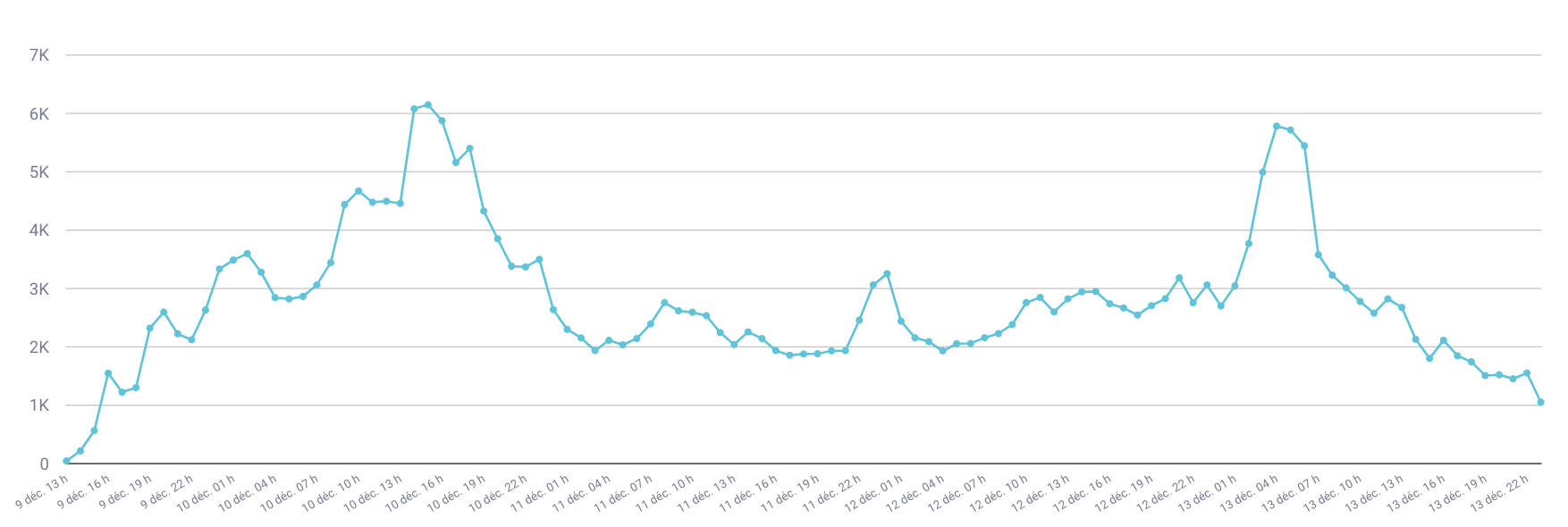
Zara: A Choice Target Useful for Discussing Gaza
In reality, the communities behind the reactions in this case are clearly activist communities centered around Palestine. There are almost no ordinary citizens discussing this issue outside of these spheres. In the Francophone world, the charge is led by AJ Plus, which also has an interest in doing so.
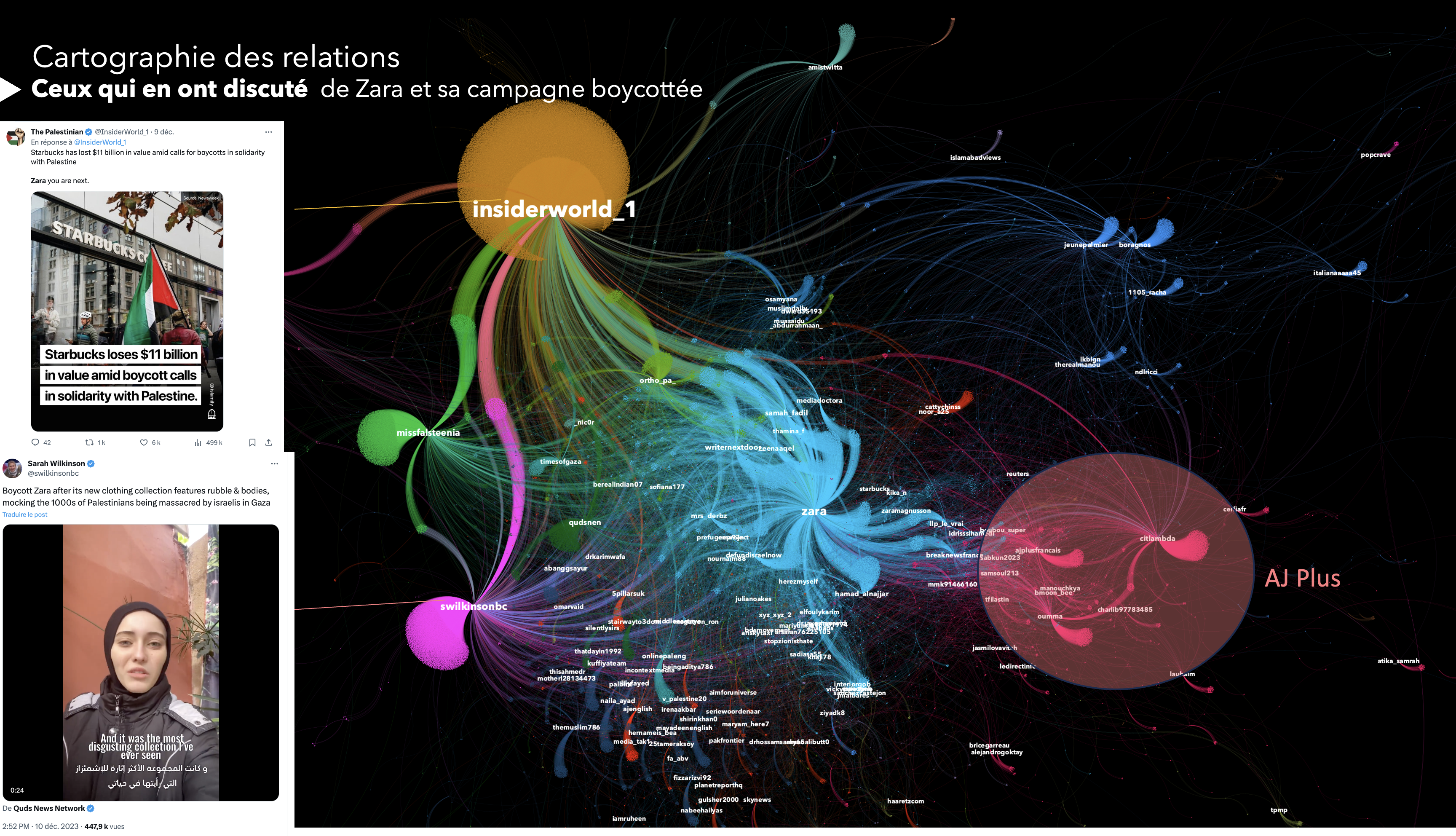
In France, in reality, almost no one will interact socially on this issue, only international media and Al-Jazeera. This media, moreover, has a significant influence in terms of real impressions compared to others.
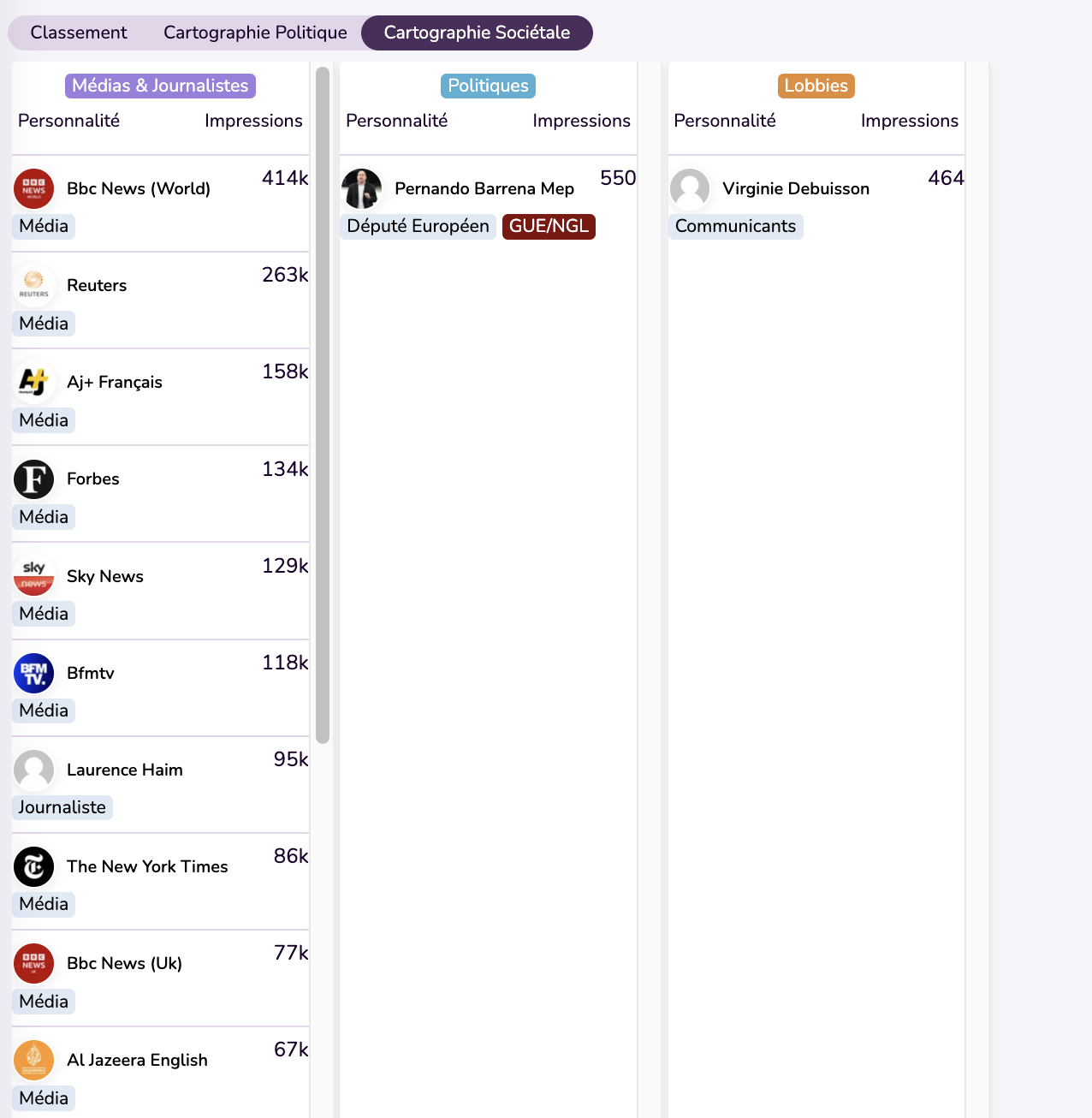
Laurence Haim also plays a role, but to point out that it is true the campaign is poorly executed:
This Shows That:
- The Zara case is mainly preempted by actors close to the Israeli-Palestinian conflict. Outside of the media, it hasn’t reached anyone. It hasn’t mobilized "neutral" communities.
- The advertisement mainly served to bring the Gaza issue to the media through a well-known brand and a strong image. It has become an ideal case to reach the media to discuss a current event that struggles to mobilize public opinion, as well as, in general, boycott campaigns attempting to be conducted against brands accused of supporting Israel. (We have also seen an increase in tweet volume on boycotts since December 9, when the case arose.)
- You don't have to be pro-Palestinian to consider the advertisement in bad taste given the context.
The Importance of Context
A key element in this case is the importance of context. It is interesting to focus on this for:
A Key Element of the Social License to Communicate
In my theory of the social license to communicate, I indicated how crucial contextual legitimacy is. It is important to consider messages over time. Indeed, there is a difference between the production context and the moment when people consult what has been produced. The world evolves, the status too, and therefore the same message can be interpreted differently. It is necessary to think about one’s reputation in the long term and anticipate societal changes. In Zara's case, it’s simply a matter of a campaign created before the conflict that takes on a different interpretation with today’s events. It’s an opportunity to examine the role of context in communication and how context can create problems:
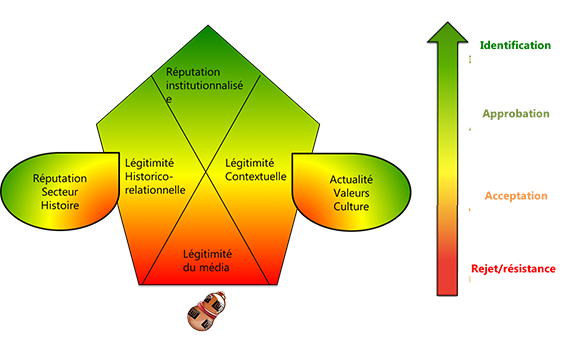
When Current Events Provide Context
The most obvious cases are those of airline crises where advertisements can take on a double meaning when there is an air crash. Some examples I had gathered during the Malaysia Airlines incident:
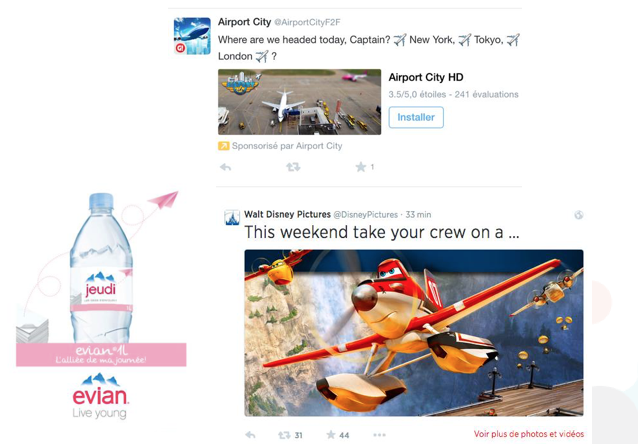
Still, the most incredible case was the Gucci advertisement published in Le Monde on the same day as the photograph of the death of little Aylan, the Syrian boy who died on a beach. A public outcry ensued, even though Gucci couldn’t have predicted that its campaign would coincide with that event.

Digital Traces: When Context Disappears
Digital traces are very interesting for analyzing context. They have given rise to a theory I called the “temporal marker theory,” meaning “a digital trace that is captured in the past to be revived in the present.” In doing so, the entire communicational context of the sender (their age, state of mind at the time, the norms they referred to at the time of publication, etc.) in which the message was produced changes in favor of the context of the flow in which it will be recalled. When individuals and organizations produce content, it is marked by its production context. However, this context may evolve for the sender by the time the trace is read by a receiver.
Take, for example, young adolescents playing football in addition to their schooling. They produce traces consistent with their age and the norms of their environment. The problem is that a few years later, these adolescents may become professional footballers or change teams. This is what happened to Serge Aurier, a Paris-Saint-Germain player, who made comments that resurfaced when he signed his professional contract. Similarly, two PSG players saw tweets resurface where they insulted their current coach when he was the coach of the French national team. Another player had tweeted, "What does PSG stand for? Answer: not sure of winning."
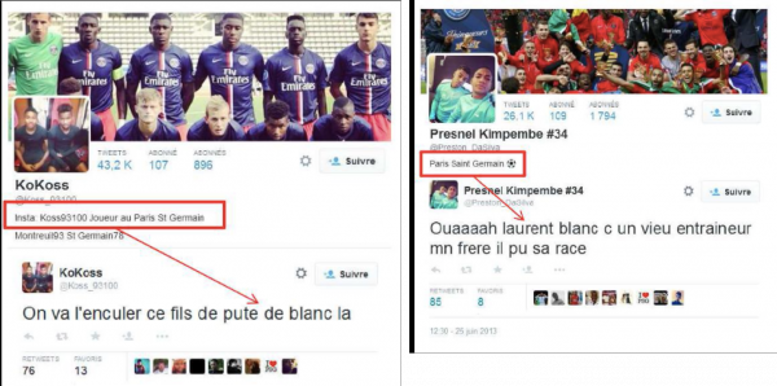
In short, the context in which people consult information is not the same as the one in which things were produced. As in our Zara case!



